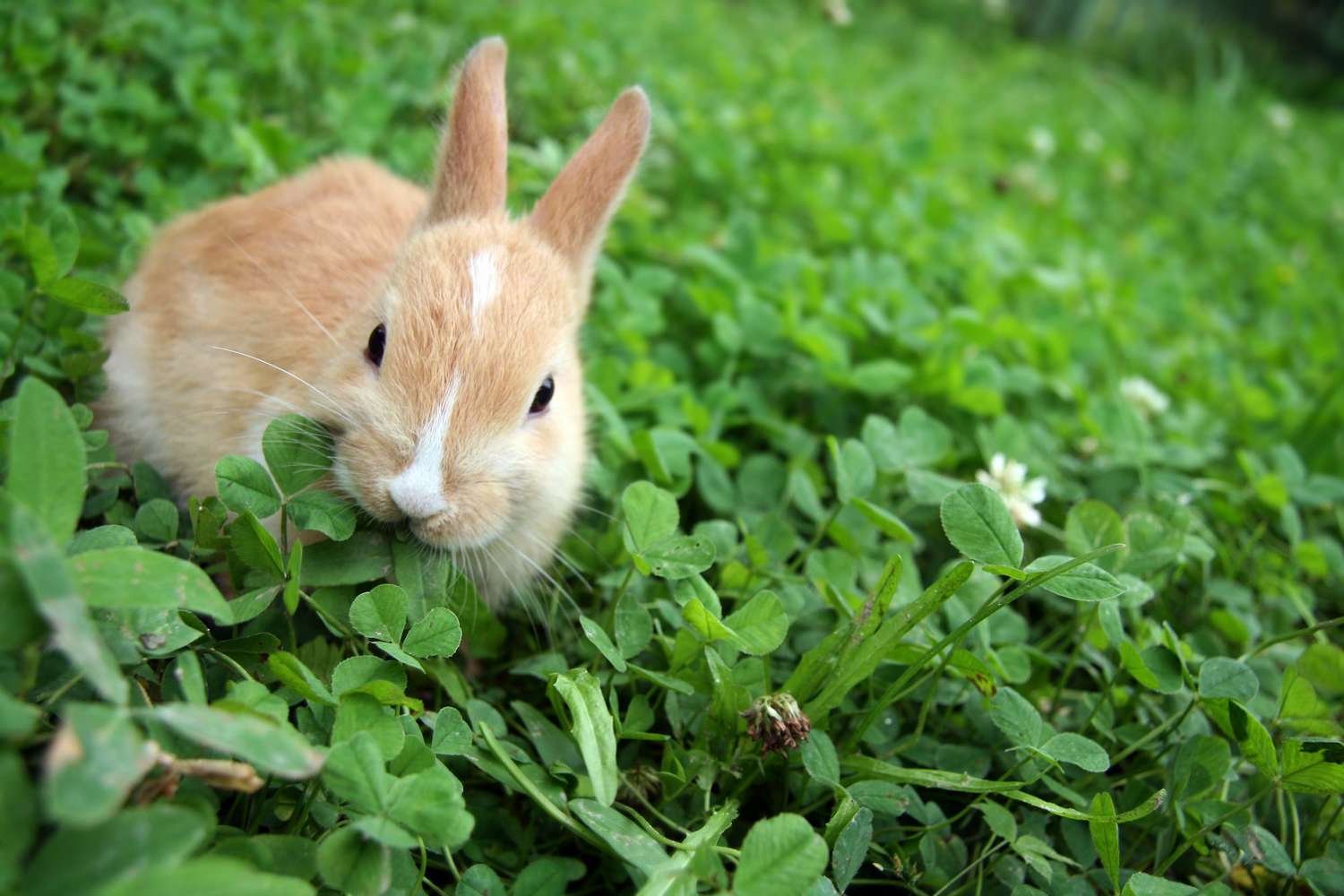Uncovering the Instinctual Burrowing Behavior of Rabbits
Rabbits are fascinating creatures known for their curious behaviors, one of the most intriguing being their instinctual urge to burrow. In this article, we will delve into the world of rabbit burrowing behavior, exploring its significance, reasons behind it, and how to accommodate this natural instinct in pet rabbits.Burrowing is an inherent behavior observed in wild rabbits as well as domesticated ones. It involves digging tunnels or burrows in the ground, creating underground networks that serve various purposes.
A. Purpose of Burrowing
- Shelter: Rabbits burrow to create safe, secure shelters where they can rest, hide from predators, and rear their young.
- Temperature Regulation: Burrows provide insulation from extreme temperatures, keeping rabbits cool in summer and warm in winter.
- Nesting: Female rabbits, known as does, dig burrows to build nests for giving birth and raising their kits.
Understanding the Burrowing Instinct
A. Natural Instinct
- Survival: Burrowing is a survival instinct passed down through generations of rabbits, allowing them to evade predators and protect themselves.
- Territoriality: Rabbits mark their burrows with scent glands, establishing territory and signaling their presence to other rabbits.
B. Social Behavior
- Community Burrows: Some rabbit species, such as the European rabbit, live in complex warrens consisting of interconnected burrows shared by multiple individuals.
Burrowing in Domestic Rabbits
A. Expression of Natural Behavior
- Importance for Well-Being: Allowing pet rabbits to burrow mimics their natural habitat, promoting mental stimulation and overall well-being.
- Providing Suitable Substrate: Owners can provide appropriate substrates, such as hay, straw, or shredded paper, for rabbits to burrow into safely.
Accommodating Burrowing Behavior in Pet Rabbits
A. Providing Enrichment
- Tunnels and Hideouts: Offer tunnels, cardboard boxes, and other hiding spots where rabbits can dig and explore.
- Digging Boxes: Create digging boxes filled with safe materials like soil, sand, or shredded paper for rabbits to dig into and satisfy their instinctual urges.
Addressing Common Concerns about Rabbit Burrowing
A. Safety Considerations
- Potential Hazards: Be mindful of potential hazards when allowing rabbits to burrow indoors, such as electrical wires or toxic substances.
- Supervision: Supervise your rabbit’s burrowing activities to ensure they remain safe and avoid any accidents.
B. Managing Destructive Behavior
- Redirecting Behavior: If your rabbit’s burrowing behavior becomes destructive, provide alternative outlets such as toys or designated digging areas.
- Training: Consistent training and positive reinforcement can help redirect destructive burrowing behavior.
Environmental Enrichment for Rabbits
A. Importance of Enrichment
- Mental Stimulation: Enrichment activities, including burrowing, provide mental stimulation and prevent boredom in rabbits.
- Physical Exercise: Burrowing engages rabbits physically, promoting muscle development and overall fitness.
B. Enrichment Ideas
- Scavenger Hunts: Hide treats or toys in tunnels or digging boxes to encourage natural foraging behavior.
-
